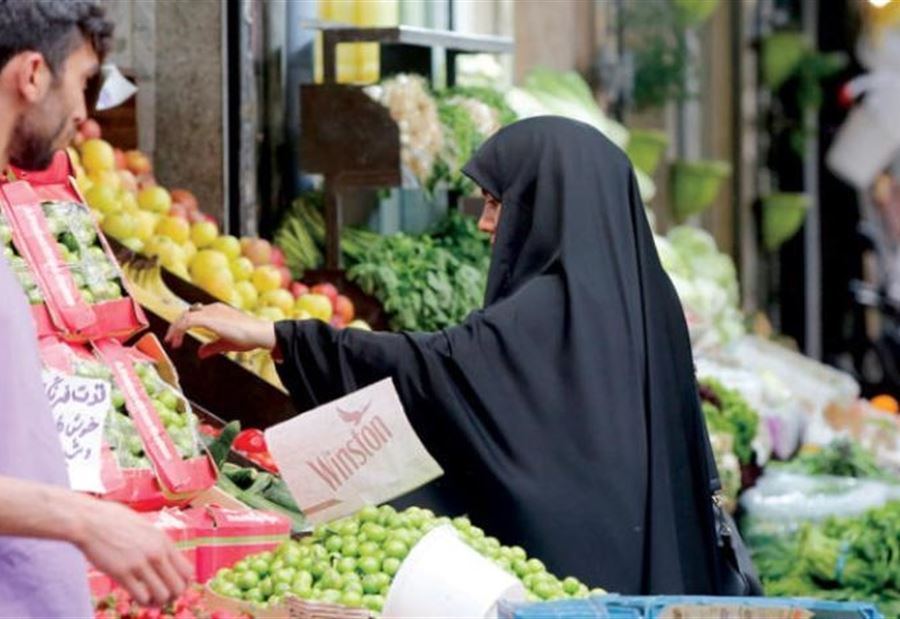Protests in Iran did not subside in the past few hours after sparking a sharp rise in prices for wheat, bread and other food items a few days ago, and continued into the night in a number of cities.
From the west to the center and south, there were demonstrations condemning the government’s policy and chanting slogans denying the system of “Velayat-e Faqih and the Islamic Republic”, such as Isfahan (center) and sometimes. Death to Khamenei and Raisi, referring to Ali Khamenei, the leader of the country and its president, Ibrahim Raisi.
Iranian activists also reported the burning of the Basij headquarters in the Giljieh district of Jahrmahal and Bakhtiari province in the southwest of the country.
In addition, some shops witnessed fires and looting.
The unrest spread to other cities in the evening, including Ardabil in the northwest, Rasht in the north and Iranshahr in the southeast.
Police in riot gear stormed a rally on Friday, removing 21 protesters by truck, according to Reuters.
It was also reported that overnight demonstrators in Lorestan province in western Iran were shot.
The largest protest rally was held in the city of Dezful in the oil-rich province of Ahvaz in the southwest of the country, where security forces dispersed about 300 people.
The spark erupted after the government cut subsidies on imported wheat, which led to a 300 percent price increase for a wide range of flour-based food products.
At one point, the official inflation rate in Iran is about 40 percent, while in some estimates it has exceeded 50 percent.
More than half of the country’s 82 million people live below the poverty line.
Food prices have risen sharply across the Middle East due to global supply chain crises and Russian military operations in Ukraine, especially as Tehran imports half of its cooking oil from Kyiv, where the war has left many Keep farmers away from their farms. It also imports wheat from Russia, although it produces about half of its wheat.
In addition, the smuggling of Iranian subsidized bread to neighboring Iraq and Afghanistan increased, and famine spread throughout the region.
In addition to the above reasons, drought has put significant pressure on the Iranian economy. Western sanctions against the country for violating the nuclear deal have also exacerbated the problem.
For whatever reason, however, the protests sparked protests over rising fuel prices three years ago, when widespread protests, the most violent since the establishment of the Islamic Republic in 1979, swept the country. An unprecedented crackdown killed hundreds of protesters, according to Amnesty International at the time.
Perhaps this caused the country’s officials to be on alert and cut off the Internet in many areas for fear of spreading it, repeating the fuel scenario.
Source: Lebanon Debate
